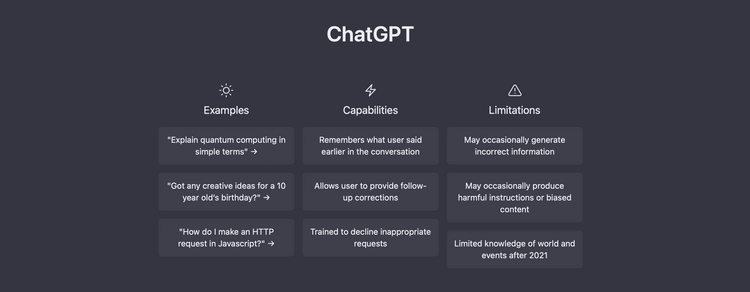Unlocking the Power of Microservices and Tools to Improve Developer Knowledge

It seems like every day there is a new technology to learn and understand as a developer. One of the most popular technologies being implemented is microservices. Microservices are the building blocks of modern application development, allowing different components of an application to be developed, tested, and deployed independently. But how can developers learn about this technology and when is it best used? In this blog post, we'll discuss the benefits of microservices, the various tools available to help developers implement it, and how to deploy and maintain microservices in production.
When to use microservices?
Microservices offer many advantages for even the most basic applications. They provide developers with flexibility and agility when constructing an application. Additionally, they enable the scalability and performance-based customization of more complicated apps. Microservices also promote greater reusability, since once an individual component is developed, it can be reused across multiple applications. Finally, they provide improved system resilience, since failures in one microservice do not affect the rest of the system.
When considering whether microservices are right for your application, it's important to check that the architecture will be efficient, manageable, and secure. If these criteria are met, then microservices are likely to benefit your application.
How to increase developer knowledge about microservices and tools?
Curated courses hosted by sites such as Pluralsight or Udemy are a great place to start when learning about microservices and the various tools you can use to implement them. Additionally, you may want to join communities such as DevOps, Cloud Native and Docker to gain more knowledge. Additionally, many of these tools are open source, meaning you can examine the source code and use it as a learning aid.
How to deploy microservices to production and how to maintain them?
Once you’re confident with your microservices architecture, the next step is to deploy it to production. Depending on the architecture, this might involve using DevOps tools such as Chef or Ansible for configuration management, or container orchestration platforms such as Kubernetes for deployment. Once your microservices are in production, it’s important to monitor them for issues (e.g. latency) and ensure they are regularly updated.
Can we use microservices for serverless architecture?
Yes, you can use microservices to build a serverless architecture. A serverless architecture is essentially an application that is built using cloud services instead of physical servers. It allows for greater flexibility and scalability of the application and can be used to build applications with complex logic. Microservices are a critical component of serverless architectures, as they can be used to encapsulate logic that can be reused across multiple applications.
Overall, understanding microservices and the tools available to develop them can be a daunting prospect for any developer. Fortunately, with the right resources and education, developers can easily start to unlock the power of microservices and make efficient, reliable applications.





